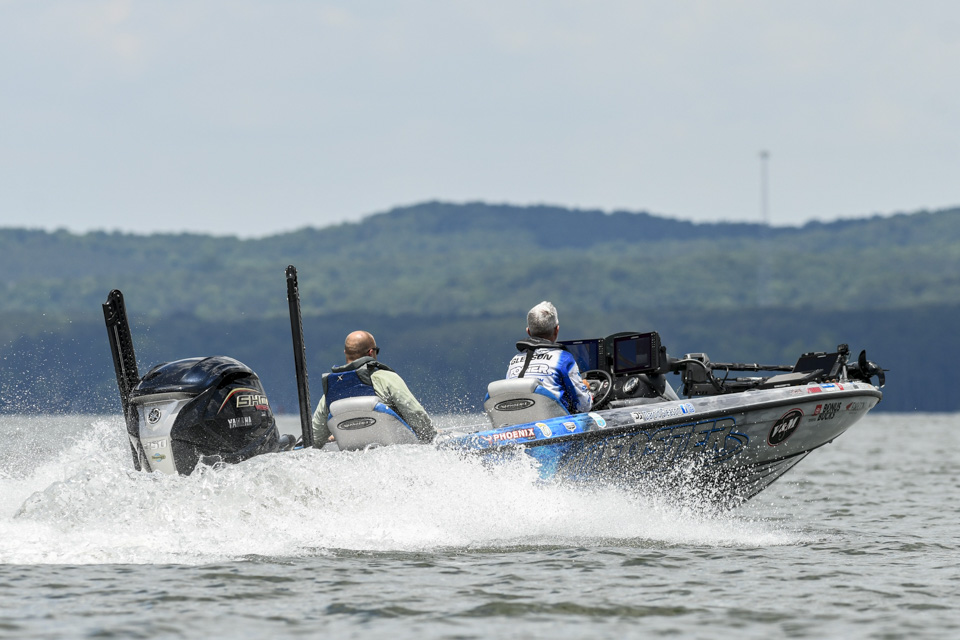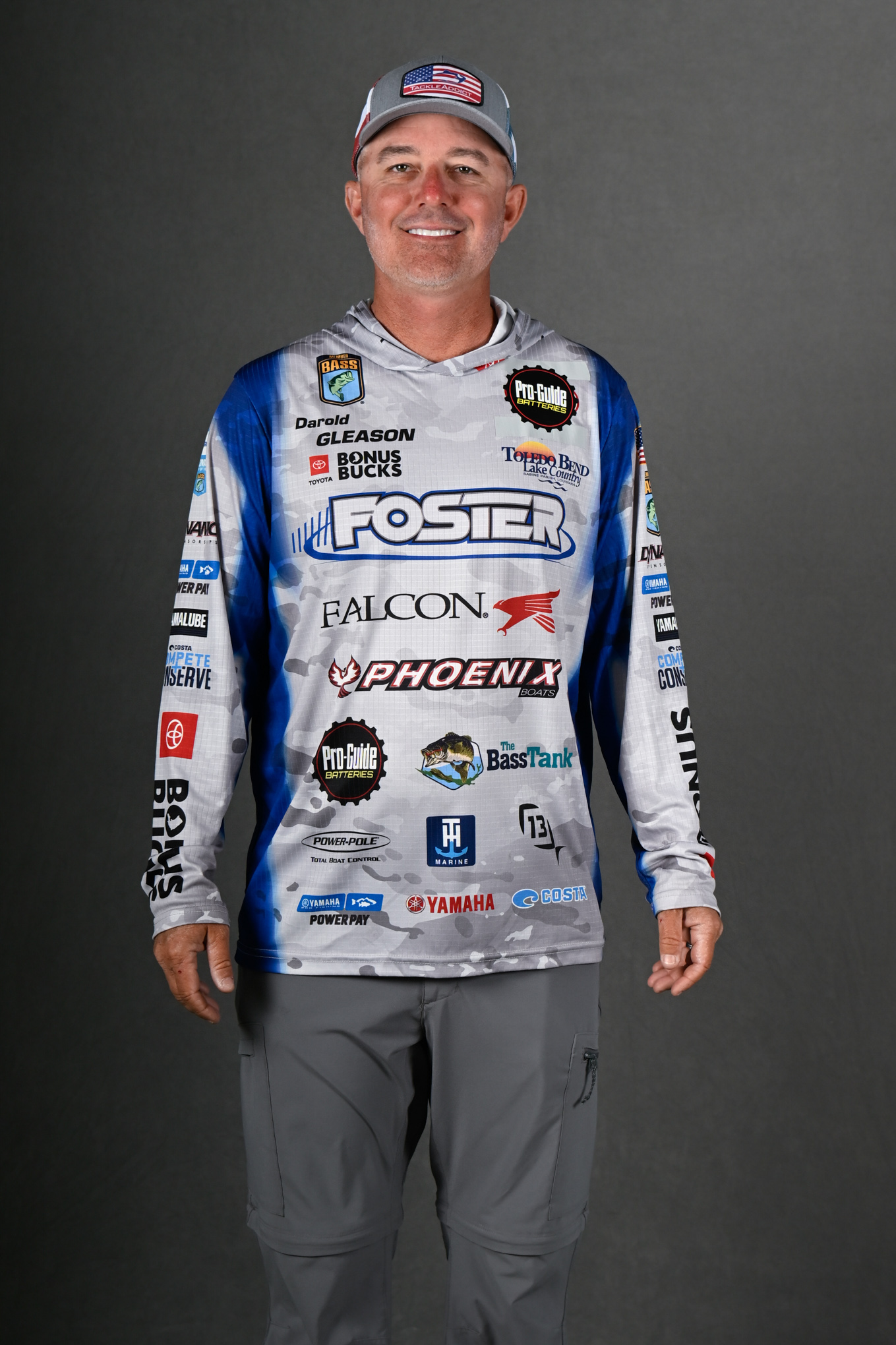
As my 2022 tournament season comes to a close this month, it’ll soon be time for me to transition into what I like to call my teaching mode. My last event will be the Bassmaster Central Open at Sam Rayburn Reservoir, and while I’m fully focused on ending my year with a strong performance — hopefully, a win — I am looking forward to a little more relaxed pace.
Since I’m not as big into hunting as some of my fellow anglers, fall has become my time for reconnecting with all the customers I’ve missed seeing since I’ve been on the road so much. Now is our time to get on the water and go fishing.
This is also a great time of year for my electronics classes. I do online and in-person teaching, and with the fish grouping up in big numbers, there’s a great opportunity to build your confidence in fishing deep techniques and locating them with electronics.
I plan on doing four days a week on the water. Sometimes, I’ll take a buddy, and sometimes it’s two people.
For my online classes, we’ve mostly been running content from last year, but once my tournament season officially ends, I’ll have several new classes coming out.
We do everything from Electronics 101, like a newbie learning how to turn on the unit and how to set it, all the way to advanced forward-facing sonar and side scan. I also try to touch on some of the techniques that work well in the fall.
I try to cover what I believe are the most relevant points that anglers need to learn, but the most common question is: “Hey, I found some fish on my side scan or down scan, now how do I position my boat to catch them?”
We cover all that as far as the techniques, to how I use my waypoints, to how I set up on the fish, and then obviously the biggest interest these days is everything about forward-facing sonar.
The way I break the ice on that is something that can help anyone begin their forward-facing sonar familiarization. I give my customers a simple homework assignment: Go out and locate your cast; go find your bait.
That’s a critical step because it doesn’t matter how many fish you see on your screen, you can’t catch them until you can present a lure to them. That’s always the trickiest thing for people — figuring out the direction of their cast and how far their cast is.
You have to know how to present your lure correctly, so when you get opportunities, you have a better chance of catching them. And to that point, I’ll add this piece of advice: A lot of people want to go straight to the jerkbait, but I find that to be a little harder. I find that a drop shot or any kind of bottom-bouncing bait is easier to see.
Ultimately, one of the best exercises for learning to use forward-facing sonar is to get by a dock and get used to seeing a piling and throwing your bait by it. When you’re seeing it on your graph and seeing with your eyes where your lure’s landing, there’s something about that connection that really helps people understand it quicker.
Between guiding and my electronics classes, I’ll be spending a lot of my offseason on the water. I’ve definitely missed visiting with people I haven’t seen in a while, telling fishing stories and spending a day on the water.
And even though I’ll spend a couple of days a week golfing, just to turn off the fishing for a little bit, the guiding and the electronics classes also help me stay sharp and keep myself ready for next season.
I’ve never been someone who learns much from being off the water, so I try to be on the water as much as I can. I feel like every time I’m on the water, I’m going to pick up something new that can help me get better at what I do.





